| Dimensions | 35 × 15 × 12.5 cm |
|---|
Garden Soil / 5L
Garden Soil / Tree Good Class Soil / Soil For Plants 4KG per pack
Certainly! Garden soil, also known as topsoil or planting soil, refers to the uppermost layer of soil in a garden or planting area where plants grow. Here’s some information about garden soil:
- Composition: Garden soil is a mixture of various components, including mineral particles, organic matter, water, air, and living organisms. The mineral particles consist of sand, silt, and clay in varying proportions, giving the soil its texture and drainage properties.
- Organic Matter: The presence of organic matter in garden soil is crucial for its fertility and overall health. Organic matter includes decomposed plant and animal materials, such as compost, leaf litter, and manure. It improves soil structure, enhances moisture retention, provides essential nutrients, and promotes beneficial microbial activity.
- Nutrients: Garden soil contains a range of essential nutrients that plants need for growth, including macronutrients like nitrogen (N), phosphorus (P), and potassium (K), as well as micronutrients like iron (Fe), zinc (Zn), and manganese (Mn). These nutrients are obtained by plants through their root systems.
- pH Level: The pH level of garden soil refers to its acidity or alkalinity. Different plants have different pH preferences, and the pH of the soil can affect nutrient availability to plants. Most garden plants prefer a slightly acidic to neutral pH range of 6.0 to 7.0. Soil testing can help determine the pH level and guide necessary amendments if required.
- Drainage and Water Retention: Garden soil should have a balanced drainage system to allow excess water to drain away while retaining enough moisture for plant roots. Proper drainage prevents waterlogging, which can lead to root rot, while sufficient water retention ensures plants have access to moisture during dry periods.
- Texture: The texture of garden soil is determined by the relative proportions of sand, silt, and clay particles. Soils can be classified as sandy, loamy, or clayey based on their predominant particle size. Loamy soil, which contains a balanced mixture of sand, silt, and clay, is considered ideal for most plants due to its good drainage and moisture-holding capacity.
- Amendments and Fertilizers: Depending on the specific needs of the plants being grown, garden soil may require amendments and fertilizers to optimize its fertility. This can include adding compost, well-rotted manure, peat moss, or specific fertilizers to enrich the soil with nutrients and improve its structure.
- Mulching: Applying a layer of organic mulch, such as wood chips or straw, on the surface of garden soil helps conserve moisture, regulate soil temperature, suppress weed growth, and improve overall soil health. Mulch also gradually breaks down, adding organic matter to the soil.
Proper soil preparation and maintenance are essential for successful gardening. Understanding the characteristics and needs of garden soil, along with regular soil testing, can help gardeners make informed decisions about soil amendments, fertilization, watering, and plant selection to create a healthy and productive garden.
$5.50 $6.00 (Including GST)
Out of stock
Only logged in customers who have purchased this product may leave a review.

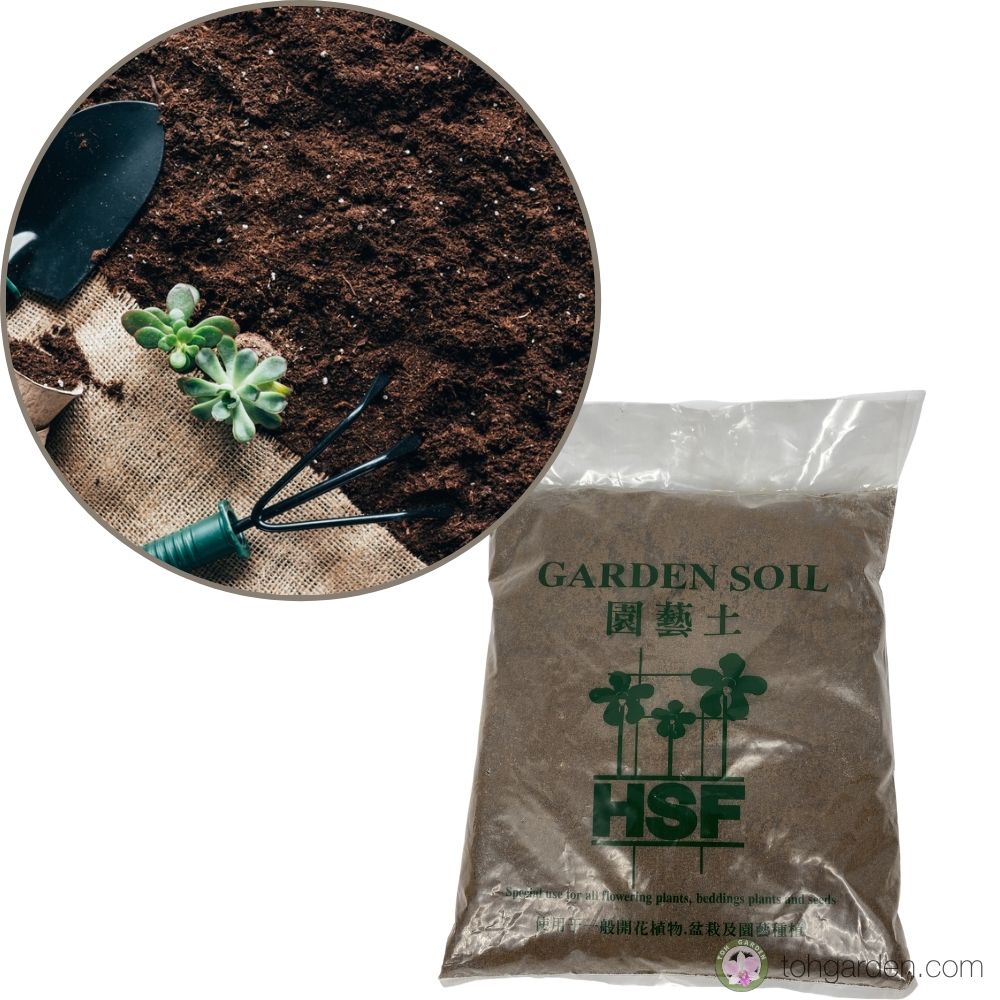

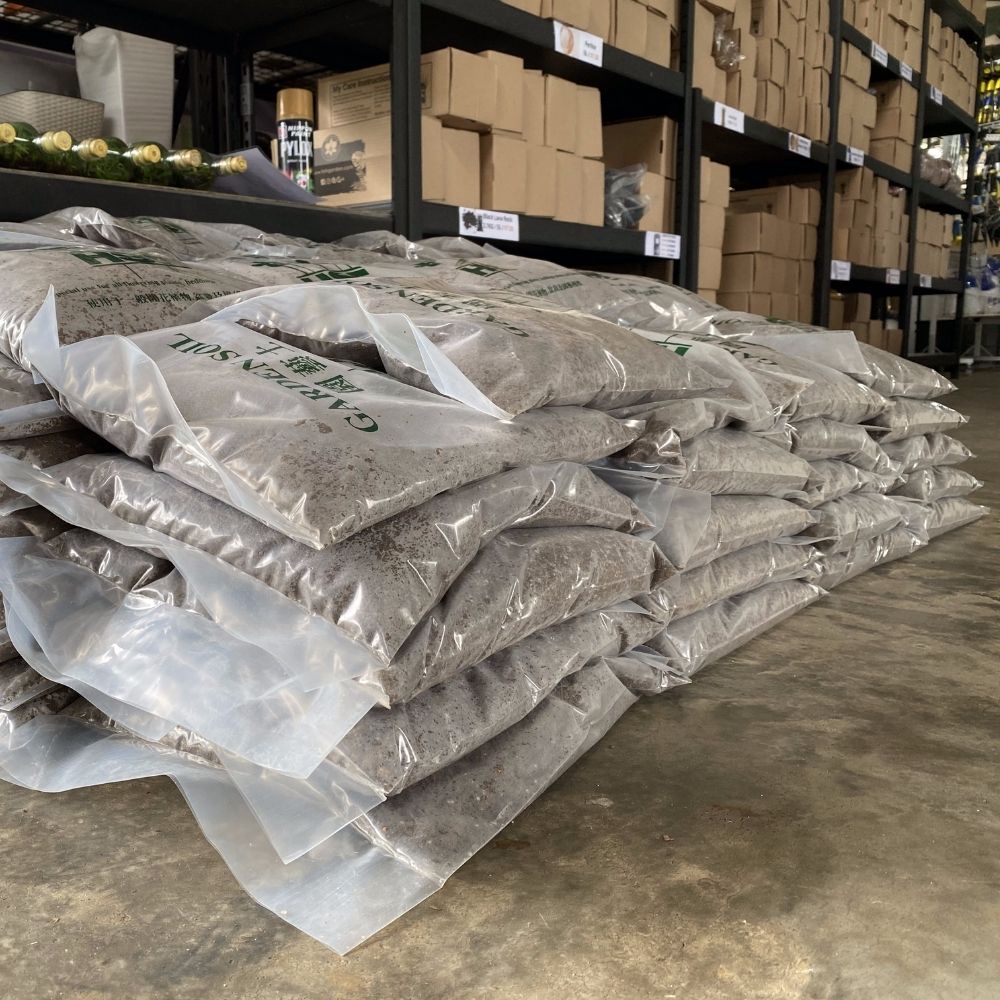
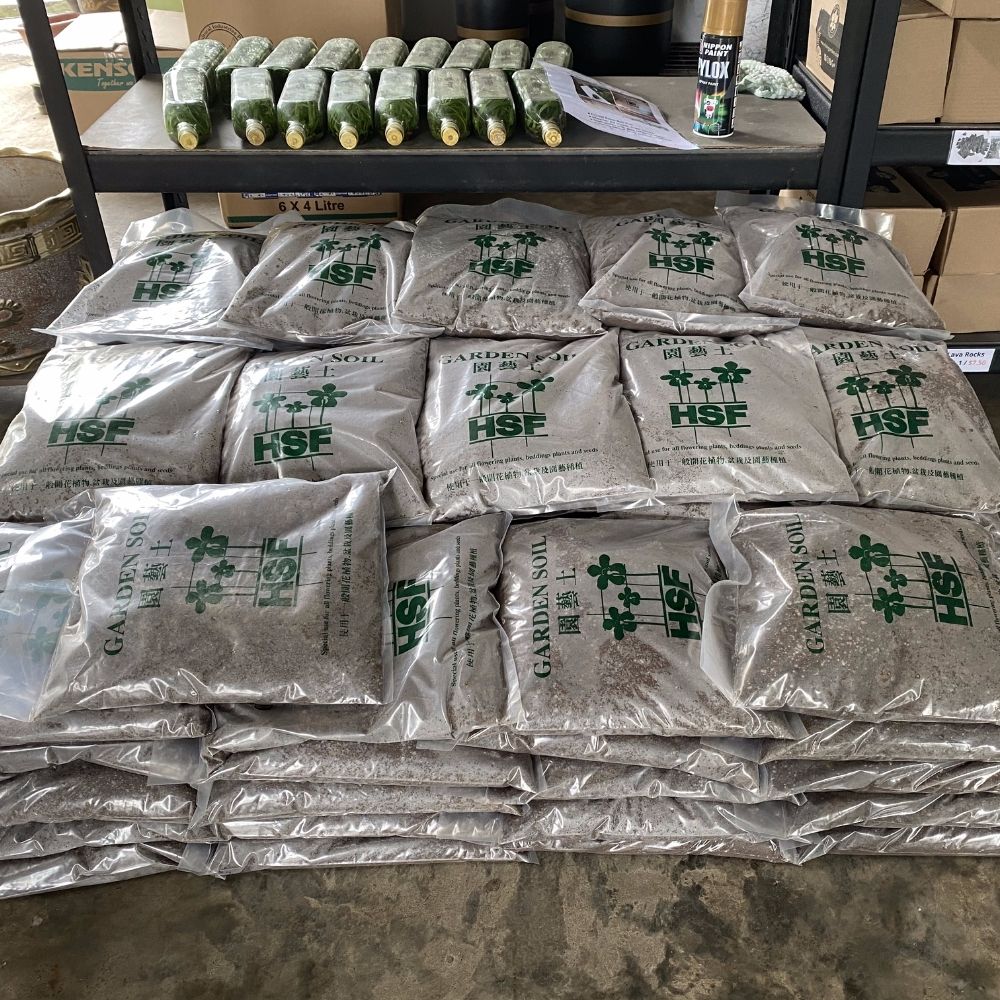
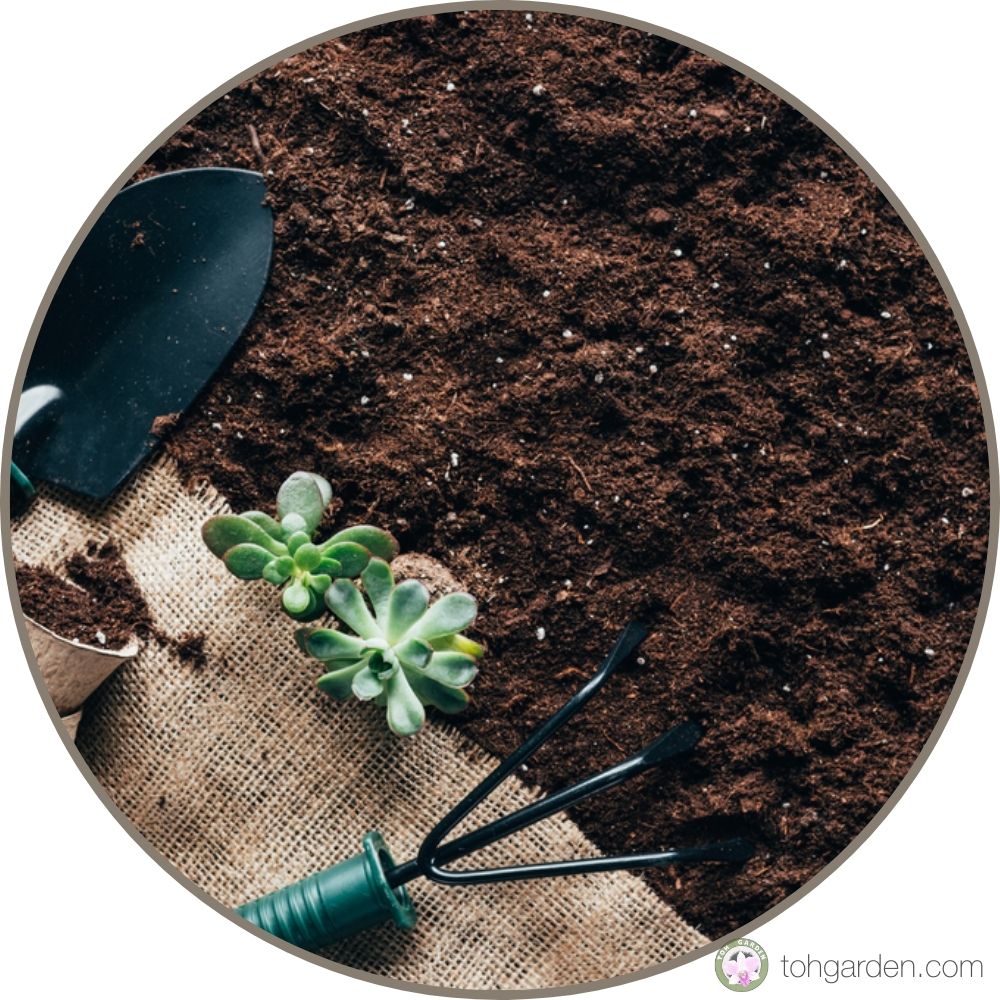





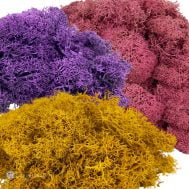
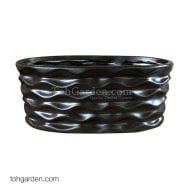
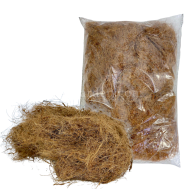
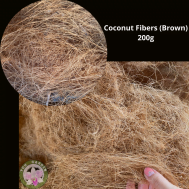
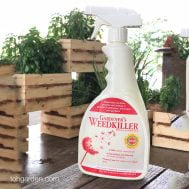
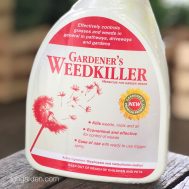
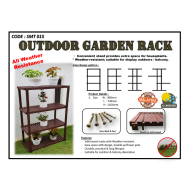
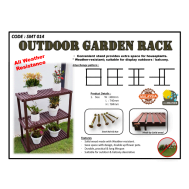
Reviews
There are no reviews yet.